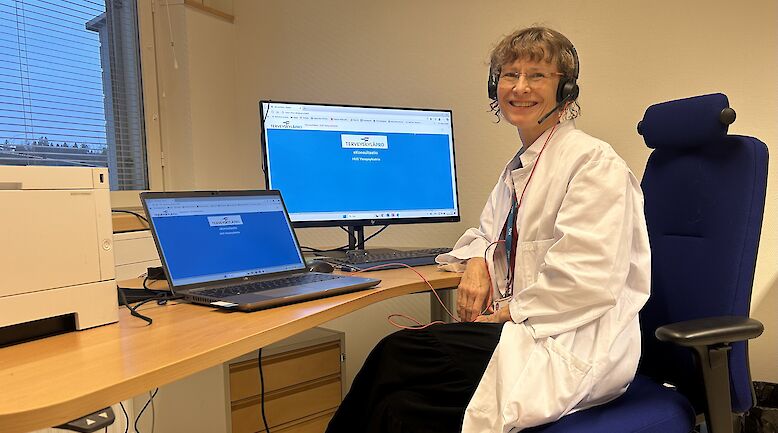English summary: DIAGNOSIS OF OSTEOPOROSIS BY DXA - IS EVERYTHING ALL RIGHT?COMPARISON OF RESULTS FROM FOUR DXA UNITS IN THE CITY OF TURKU

Background
The diagnosis of osteoporosis depends on the measurement of bone mineral density (BMD). Dual-energy X-ray absorptiometry (DXA) is the method of choice for this purpose. Yet, BMD values measured by various DXA systems are not commensurable and various units may follow divergent practices in diagnostic classification. To avoid confusion, results from different units should be made more consistent.
Methods
The results from four DXA units with instruments from three commercial sources (Hologic, Lunar, Norland) were compared. The units measured and classified BMDs at the hip and the lumbar spine according to their routine procedures in volunteers with a wide range of BMDs. Measurements were also made of the European Spine Phantom (ESP).
Results
As expected, BMD values obtained with Lunar were higher than those obtained with Hologic or Norland. In addition, uniform diagnosis was not always reached in classifications according to the WHO criteria. BMDs from different DXA units can be made commensurable by conversion formulas based on actual comparisons in volunteers.
Conclusions
Uniformity in the diagnosis of osteoporosis by DXA might be improved by selecting a standardized site (hip) for diagnostic purposes, by making BMDs more commensurable, and by adopting a single international reference range for the WHO classification. Centralized quality control schemes should be established for regular evaluation of DXA results from all units.












